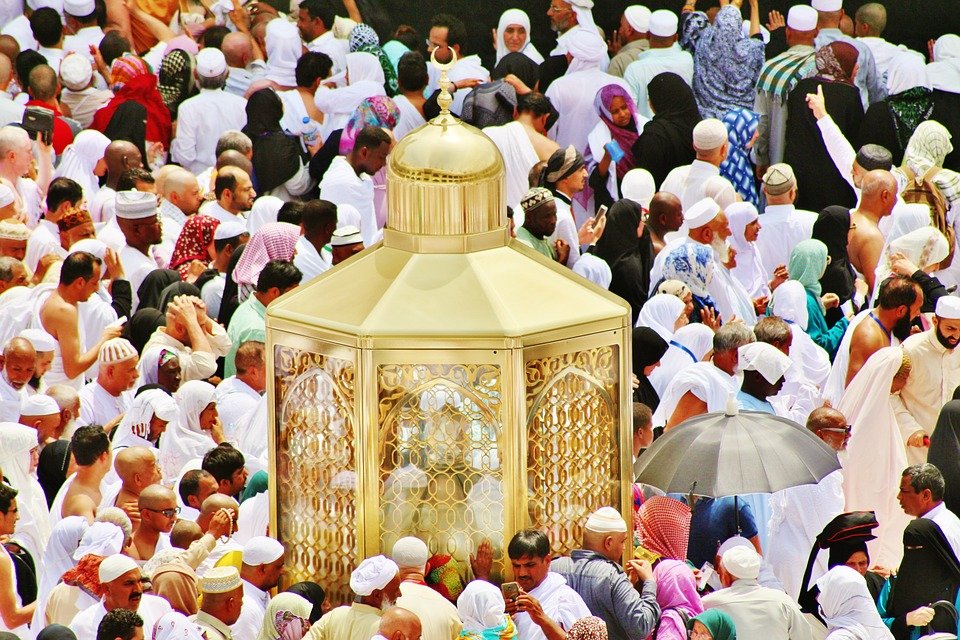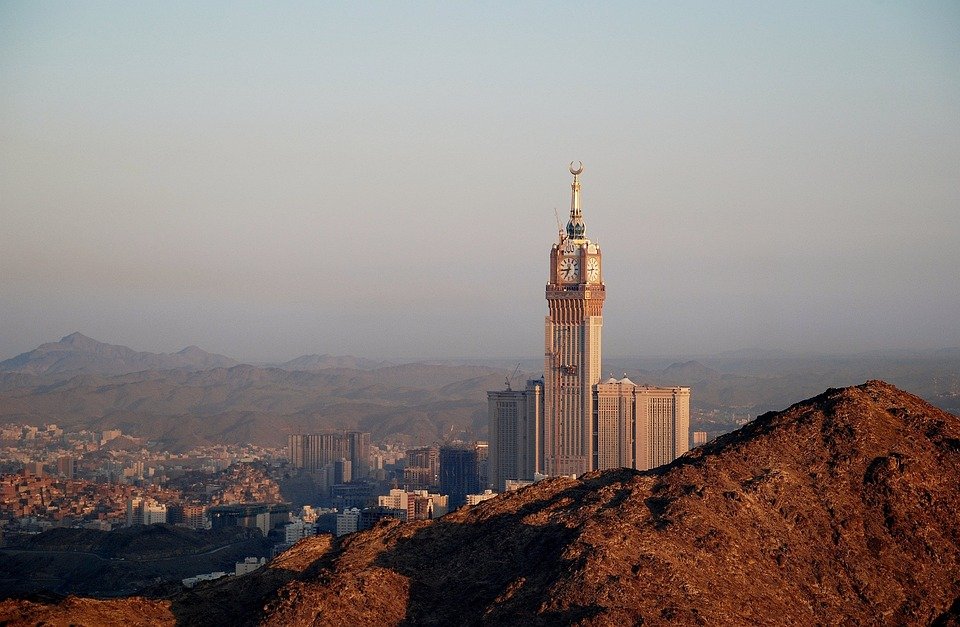You are here to read: Where Must the Hajj Occur: Essential Insights and Guidelines – A Thoughtfully Written Guide Offering Spiritual Wisdom and Travel Advice for Every Pilgrim who is going on holy journey of Hajj or Umrah.
When exploring the topic of “where must the Hajj occur,” it’s essential to understand that this sacred pilgrimage is deeply rooted in Islamic tradition. The Hajj must take place in specific locations in and around the holy city of Makkah, Saudi Arabia. I promise you will find a proper guide in this article that clarifies why these locations hold such immense significance. From the Kaaba to Mount Arafat, each site plays a crucial role in fulfilling the rituals of Hajj, solidifying the spiritual connection to one of Islam’s five pillars.
In my opinion, understanding “where must the Hajj occur” goes beyond geography; it speaks to the heart of Islamic faith and practice. The significance of these locations cannot be overstated, as they allow millions of Muslims each year to come together in unity and devotion. With our nine years of experience at Airlink Hajj and Umrah, we pride ourselves on providing accurate and insightful information about Makkah and Madinah travel. Our expertise equips us to guide you seamlessly through the essential insights and guidelines you need for a meaningful pilgrimage.
Understanding Hajj
Hajj is an incredible pilgrimage that every Muslim should undertake at least once in their life, if they are able. It takes place annually in the holy city of Makkah, Saudi Arabia. This sacred journey is a central pillar of Islam, filled with spiritual significance and rich history. The essence of Hajj revolves around unity, reflection, and devotion. It’s not just a trip; it’s a way to deepen one’s connection with God.
During the Hajj, pilgrims engage in various rituals that symbolize essential themes of faith. From the moment they don the special white garments called Ihram until they complete the pilgrimage, each act floods them with a sense of humility and purpose. It’s an occasion when millions from diverse backgrounds gather, creating an atmosphere of shared devotion. Just think about it! People from just about every corner of the globe come to one place, sharing in the same rituals and feelings.
Where Must Hajj Occur?
The heart of Hajj lies in Makkah, and specifically, at the Kaaba, which is the most sacred structure in Islam. This cube-shaped building sits in the Grand Mosque, and pilgrims face it during prayers no matter where they are in the world. It symbolizes the oneness of humanity in worshiping the one true God. That’s incredibly meaningful for everyone involved.
In addition to Makkah, there are specific locations around the city where important Hajj rituals occur. These include places like Mina, Arafat, and Muzdalifah. Each site carries its own importance and contributes to the overall experience. For example, standing at Arafat is crucial and is often considered the emotional peak of Hajj. Here, pilgrims ask for forgiveness and reflect deeply on their lives. This aspect of Hajj isn’t just about physical locations; the places chosen are rich with historical and spiritual significance, guiding pilgrims toward deeper understanding and connection with their faith.
Why Makkah is Special
Makkah isn’t just any city; it holds a unique place in Islamic tradition. It is believed to be the birthplace of the Prophet Muhammad, the final messenger of Islam. This historical connection adds layers of importance to the city, making it a pilgrimage destination for Muslims worldwide. Being in a place so historically rich can evoke powerful feelings and reflections.
You're at the middle of this awesome post at AirlinkHajjandUmrah.com through: Where Must the Hajj Occur: Essential Insights and Guidelines. Keep reading, it gets better!
Moreover, the atmosphere in Makkah is unlike anywhere else. You can feel the spiritual energy buzzing in the air as throngs of pilgrims walk together in harmony. It’s a sea of faces, emotions, and prayers. When you turn to see the Kaaba, surrounded by thousands, you understand the importance of community and faith. Makkah serves as a reminder that faith can unite diverse individuals toward a common purpose, creating bonds that last a lifetime.
The Significance of Rituals
The rituals of Hajj are carefully designed to remind pilgrims of important spiritual truths. Each act has meaning, from circling the Kaaba to standing on Arafat. These actions require focus and intention, encouraging deeper connections with one’s beliefs. Engaging in such rituals helps individuals learn about humility, sacrifice, and devotion.
Performing the rituals together also emphasizes the importance of unity. While each person might have their reasons for participating, they all come together as one, embodying a sense of belonging. It’s a visual representation of the idea that everyone is equal before God. The collective spirit of performing these sacred tasks transforms individuals, encouraging them to carry these lessons back to their lives at home.
Practical Guidelines for Pilgrims
Planning for Hajj requires careful attention and organization. While it’s a deeply personal experience, understanding the basics helps in making the pilgrimage smoother. Pilgrims should begin planning well in advance and get all necessary documents squared away. This includes securing flights, accommodations, and transportation within Saudi Arabia.
It’s also crucial to be aware of the rules related to daily rituals. From the specific prayers to the order in which rituals must be performed, being informed can make the experience more meaningful. Sometimes people overlook the significance of preparation, but it can truly elevate the entire experience. Additionally, learning about the cultural practices in Saudi Arabia can contribute to a respectful interaction with the local community.
Challenges and Considerations
While the promise of Hajj is beautiful, the experience can come with its own set of challenges. The sheer number of pilgrims can be overwhelming, and being part of such immense crowds requires patience and understanding. It’s essential to remember that everyone is there for the same profound purpose. Instead of feeling stressed, embracing these challenges can lead to unexpected rewards.
Equally important is taking care of one’s health during the pilgrimage. The summer heat can be intense, so staying hydrated and knowing when to rest is vital. Attending to one’s physical needs helps maintain the spiritual focus necessary for a fulfilling experience. Balancing physical well-being with spiritual aspirations means that pilgrims can fully engage in the richness of the moment.
The Lasting Impact of Hajj
Hajj leaves an indelible mark on those who undertake it. The experience reshapes not only how one views their faith but also how they perceive the world around them. Many return home with a stronger sense of purpose, fresh perspectives, and renewed energy to engage with their communities. This pilgrimage often ignites a lasting commitment to spiritual practices and charitable actions.
Sharing stories and lessons learned during Hajj also fosters connections within local communities. People who have traveled together often support each other in their shared experiences, forming lasting friendships. The connections built during this pilgrimage can inspire others to pursue their spiritual journeys. In this way, the impact of Hajj extends far beyond the act itself, influencing lives and communities for years to come.
That wraps up Where Must the Hajj Occur: Essential Insights and Guidelines. Thanks for sticking with us till here! Share this: Where Must the Hajj Occur: Essential Insights and Guidelines with your friends.
Check our homepage at Air Link Hajj & Umrah for more awesome updates.
Some interesting posts are: 1: Umrah Mubarak, 2: When is Umrah closed 2026?, 3: When does Umrah start after Hajj 2026?
Mushu, an experienced Saudi Arabia traveler and writer, shares insightful tips and spiritual reflections to enhance Hajj and Umrah journeys for fellow pilgrims. He has been to Makkah and Madina from 2016 to 2023 many times and his posts will reflect this.







